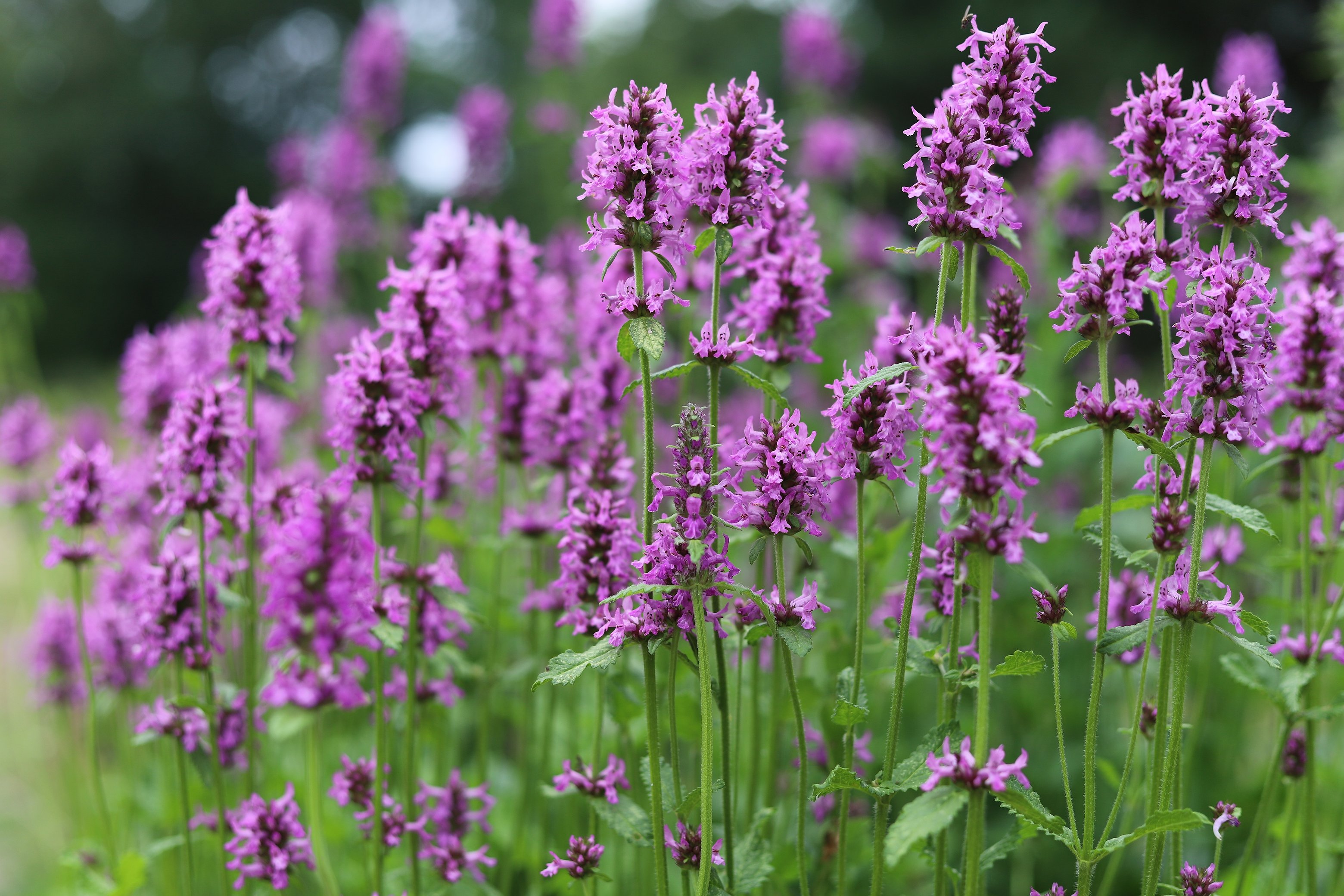Perennials deliver low-maintenance, high-performance gardens
When establishing new garden beds, impatience can often get the best of us. We are an "instant gratification" society, and many folks just don't have the patience (or farsightedness) to wait for the blooms of perennials.
Indeed, it takes a good three years for most perennials to show their beauty, but there are ways to achieve a passable option using purchased plants and interspersing them with bulbs for the following spring or summer season.
For low maintenance, choose super-hardy perennials that resist pests and diseases and increase quickly to smother weeds. Impossible? No. Not with garden mainstays such as daffodils, creeping phlox, peonies, poppies, daylilies, Asiatic lilies, hostas, perennial asters, and mums. These provide three seasons of easy-care color, texture, and visual interest, while just getting prettier and prettier each year.
Use a large peony (or two or three, depending on your space) for the focal point, slightly off-center. Flank it with two or three hostas on one side, a daylily on the other, and three or four Asiatic lilies curving around the daylily. Front all this with a couple more daylilies, a large clump of daffodils (or narcissus, whichever you prefer), and a great Oriental pappy.
For the front, carpet with creeping phlox for spring/summer flowers and rest-of-the-season greenery, and flank it with the mums or perennial asters (rich purple Michaelmas daisies come to mind).
Consider the possibilities. You can select lilies in a variety of colors, and the dallies in pretty pink, golden yellow, or even burgundy as opposed to the old-time orange; the daffodils can be yellow, pink, or white, or fragrant crisp Pheasant's eye narcissus if you prefer. The poppy can be traditional red, pink, or white with black eye — all to match the color of your peonies.
Other possibilities come to mind as well: Campanula (pink, blue, or white); stately, fragrant valerian; tall phlox; a clump of delphinium (though it may warrant after three or four years); Six Hill Giant Nepeta; a clump of Veronica; culinary sage; and the oft-maligned Betony (Stachys).
On a side note, I would be remiss not to include an excerpt of legendary local gardener Lois Wythe's praises of Betony in her herbalist newsletter years ago. She wrote: “Feeling depressed? Have a tummy ache, asthma, or bronchitis? Sprained something or other? Sore throat, headache, or anxiety attacks? The Romans reported 47 uses (for Betony) including getting rid of evil spirits. Seventeenth-century herbalists listed 30 uses. Contemporary English herbalists like John Lust list many uses, and Leslie Bremmes says these include a yellow dye and a hair rinse that can highlight golden tones in gray hair — plus it is great in smoking mixtures and snuff, good for poultices and diarrhea.”
As for me, I’m in total agreement with her praise of Betony and can attest to its virtues. As a hardy perennial, it does very well in our zones 4-5 while taking on sun or partial shade. You can start seeds, but like most perennials, it’s slow, and you’ll have better luck with a plant. It will happily allow you to divide it in the spring to expand your garden or share it with friends.
But, back to these wonderful perennials as a group. All of these hardy selections thrive in sunny sites with the exception of the Hosta, which will be placed in the shade of the peony. All also like well-drained soil.
One site for all — and beauty for the eye and a haven for butterflies. Flowers blossom in turn from late spring to early autumn and, even when not blooming, the plants provide interest for all. The daylilies' arched foliage complements the peony's bright green bush, and the poppy's blue-green, hairy leaves stay after the blooms are gone for a welcome accent that stays until mid-fall.
A little mulch in the wintertime and working of the soil in the spring are all this garden asks.
Editor's note: For many years, Valle Novak wrote gardening and cooking columns for the Daily Bee. "Weekend Gardener" and "Country Chef" became renowned for their humor, information, and common-sense advice on how to do everything from planting to cooking. She left behind many columns to delight her many fans. This is one such column, originally published on Jan. 14, 2001.







